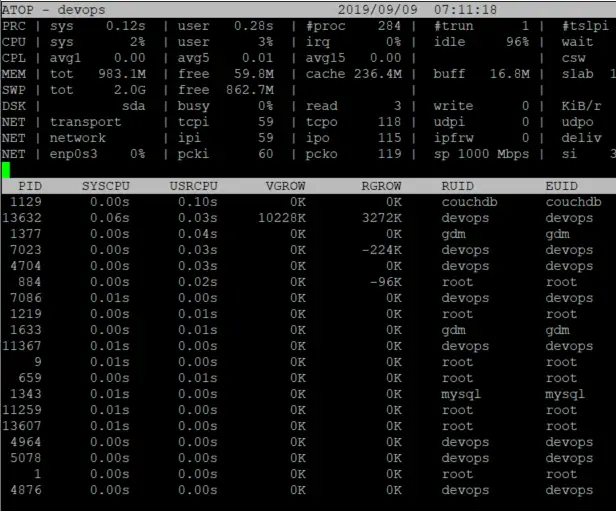

These commands will place the first process in the background job queue into the foreground and the last process in the foreground job queue into the background. The commands fg and bg are useful for finding foreground and background processes in Linux. To kill a background process, use the command pkill and the process ID, or process name. The Importance Of Background Processes In Linuxīackground processes are necessary in Linux for many tasks, including sending and receiving emails.

If you leave the shell or exit the window manager, the process will keep running as long as no user interaction occurs. What Is Background Process In Linux?Ī Linux background process is a type of process that does not require the user to open the Shell or Window Manager. If you’re looking for more information on kill task-management killall, please see other questions. Glances can be used in addition to Glances. If you consistently kill the same processes, you can also use kill or killall at the command line. My main tool in Unix is Top, which effectively eliminates unwanted processes. If the system restarts after you kill a process, you may need to restart it again or something else you rely on may fail. It is possible to make a mistake by simply killing a process you believe to be useless. Man skill to manipulate processes, Man killall, Man nice, Man pkill, Man renice, Man 7 signal, and Man skill to see man kill are just a few examples. This will show all the processes that are running on the system as well as some information about them.Īll processes will be visible in ps -ef when you enter ps -ef into the terminal. This will show all the processes that are running on the system. There are a few ways to check the background processes in Linux. How Will You Check The Background Process In Linux? Simply kill a background process using the command pkill the process name and the process ID, or process name, should be included in the kill_background_process argument the process will be terminated if the kill command is executed. Use the top command to view the number of system resources used by your Linux server, such as memory, processor, disk, and so on. Other Linux commands can be used to determine which processes are running in the background on Linux.

The ps command lists all background processes in Linux. You will receive the process ID of the background process when you perform strace -p! $! The following line can be used to determine what is currently taking place. The fg command can be used to return the running task to the status quo.

By typing jobs in the terminal, you can see a list of all background tasks. To Send Running Commands to the Background Hitting Ctrl Z stops the running process, and bg takes it to the background. For example, to kill a process with a PID of 1234, you would use the following command: kill -9 1234 The -9 signal is the SIGKILL signal, which will force the process to terminate immediately. The syntax for the kill command is: kill PID Replace with the signal you want to send, and PID with the process ID of the process you want to kill. The kill command will send a signal to a process, which can be used to terminate the process. If you need to kill a background process, use the kill command. The output will include the process ID (PID), the command that was used to start the process, and the current status of the process. To see only background processes, use the -x flag: ps -x This will show a list of all processes that do not have an associated terminal session. The ps command will show all processes that are running on the system, including both foreground and background processes. To view a list of background processes, use the ps command. Background processes are often used to perform tasks that do not require user interaction, such as system maintenance tasks or running daemons. In Linux, a background process is a process that is started without an associated terminal session.


 0 kommentar(er)
0 kommentar(er)
